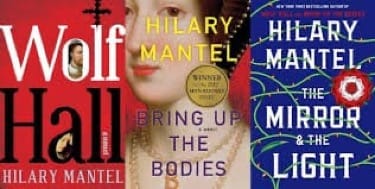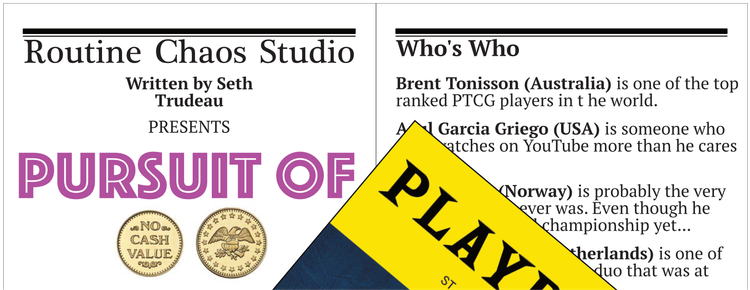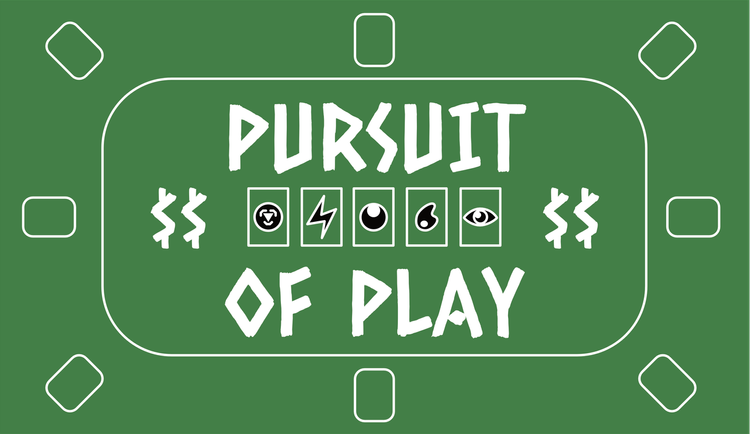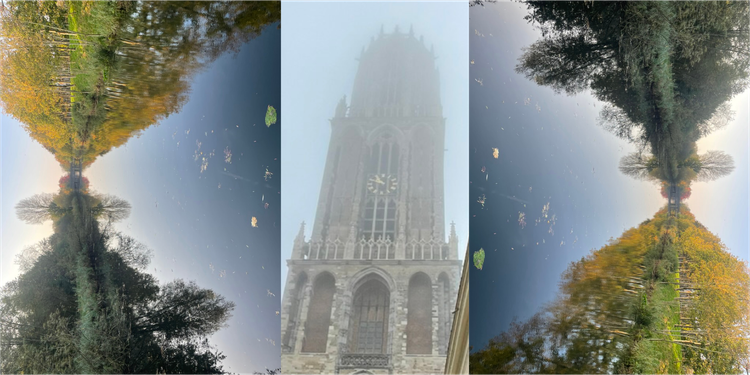Walking in LA

A note on the featured images…
For the last year and a half, I’ve been using the stability.ai models to generate images using a few different pieces of software that gave me more control than something like Dall-E or Midjourney. Starting with the Jane Jacobs article, I’ve changed things up a bit. There is some aspect of it that stems from my own concerns about the training data all of the different diffusion models are using and whether they are violating the rights of the original creators, but the real reason isn’t nearly as principled: I just didn’t really dig the process, and I’m kind of over the aesthetic. To be sure, there is a craft to image generation that involves prompt engineering and fine tuning specific output variables, but I haven’t found that nearly as satisfying as the craft of photography, drawing, or design. So I’m going to indulge that for a little while here. At the moment, I’m really enjoying taking more photos and thinking through juxtapositions, so you’re probably going to see a lot of diptychs and triptychs.
- Related: Cory Doctorow’s thoughts on AI training data and copyright caught my attention, because I usually find that I agree with him wholeheartedly and this time I only agree with him halfheartedly. My bone of contention: it seems like he’s created an either/or out of labor rights for creators or better compensation for their intellectual property, whereas I think it should be a both/and.
- And since we’re on the topic of corporations using generative AI in exploitative ways, this one was a real bummer (and this one too, about the same issues). I have incredibly mixed feelings about Perplexity - on the one hand, it does something that is so insightful when it works well; on the other hand it’s kind of a “biting the hand that feeds you” kind of product. Combo that latter point with pretty willful defiance of some of the common conventions around fair use on the internet, and I’m not using it anymore.
Walkable LA
4 trips to Los Angeles in the last year, and I’ve stayed in 4 different parts of the city in pursuit of one goal: how to make a highly car-centric city feel livable without a car. This is one of my things that I really, deeply care about - the existence of infrastructure that supports the common good. I care about urban design because the physical built environment and the social infrastructure that undergird a society have a symbiotic relationship with each other, and together they show beyond rhetoric what the true values of a place are. I can’t be attentive to one without also being attentive to the other.
And it’s probably not a mind-blowing revelation to say that LA’s urban planning & design is, um, pretty rough [1]? I feel some dissonance around this fact, because I see density as a common precursor to creativity and the infrastructural elements that sustain density - like transit - as a bit of a catalyst. So it’s weird to me that LA is such a creative hub while also lacking so much of the social infrastructure. It’s probably closer to the truth to say that the social infrastructure has been privatized…it’s there, but it’s not publicly accessible and the extent to which you can access it is tied to aspects of status. It’s the first part that feels unique to LA compared to other creative hubs.
I am here to report that after 3 unsuccessful attempts in which I got closer every time to making LA feel livable without a car - in Hawthorne, Venice, and West Hollywood - I think I cracked it this last time.
So here’s a hot take for you: downtown LA is the best part of LA. From downtown, you can get almost anywhere on the train [2]. Downtown has a ton of incredible cultural resources from museums to cinemas performing arts centers. Downtown has the density to support a diverse restaurant scene. Downtown has some absolute architectural jewels [3]. And you can do it all by walking or taking transit [4].

For 4 full days, I didn’t set foot in a car while commuting back and forth to Crenshaw. I ate well, I went to the cinema, the theater, and saw a live DJ set. I accidentally crashed someone’s birthday party when I stopped into a bar for a drink. And I got in so much walking.
Downtown LA is pretty close to what Jane Jacobs describes as far as the core qualities that make a great city: short blocks, diverse supply of real estate, wide sidewalks, usable green spaces. Yep, she's still living rent free in my head.
One long book deserves another (or three)
The deeper I got into the Power Broker, the more I saw similarities between Robert Moses and Thomas Cromwell. So, if the idea of reading 1 book that’s 1200 pages long is insufficiently daunting, let me also recommend Hilary Mantel’s entire Cromwell trilogy: Wolf Hall, Bring Up the Bodies, and The Mirror and The Light. They are altogether brilliant - excellent works of history as well as stunningly written prose. Cromwell’s pursuit, acquisition, and use of power makes for an interesting compare & contrast with Moses’s…but there’s probably a good argument to be had about which of the two wielded power to more devastating effect.

Other Assorted Links
- I can’t read an article like this without thinking, “Maybe this is a problem that doesn’t need to be solved by the private market?” Imagine if a government entity acquired all of these struggling multi-unit buildings and converted them into affordable housing?
- Many deep belly laughs were had while reading this one. Increasingly, I find myself telling people two things: anyone who describes themselves as an AI expert isn’t; and you shouldn’t build a generative AI feature into your product unless you can spell out the use case really clearly to the point that it’s obvious why generative AI is the right technology, and then you should make sure it can actually address the use class effectively and consistently. Listen, it isn’t like crypto where there were basically no use cases that absolutely needed to be on a blockchain - there are some really good ones with generative AI, they just aren’t as ubiquitous as you may have been led to believe.
- OK, there are some good things - apparently their water system is elite.
- Yes, admittedly, for many places you have to transfer at least once
- And I don’t even mean the Frank Gehry building
- It even has a few protected bike lanes, if you can imagine





Member discussion